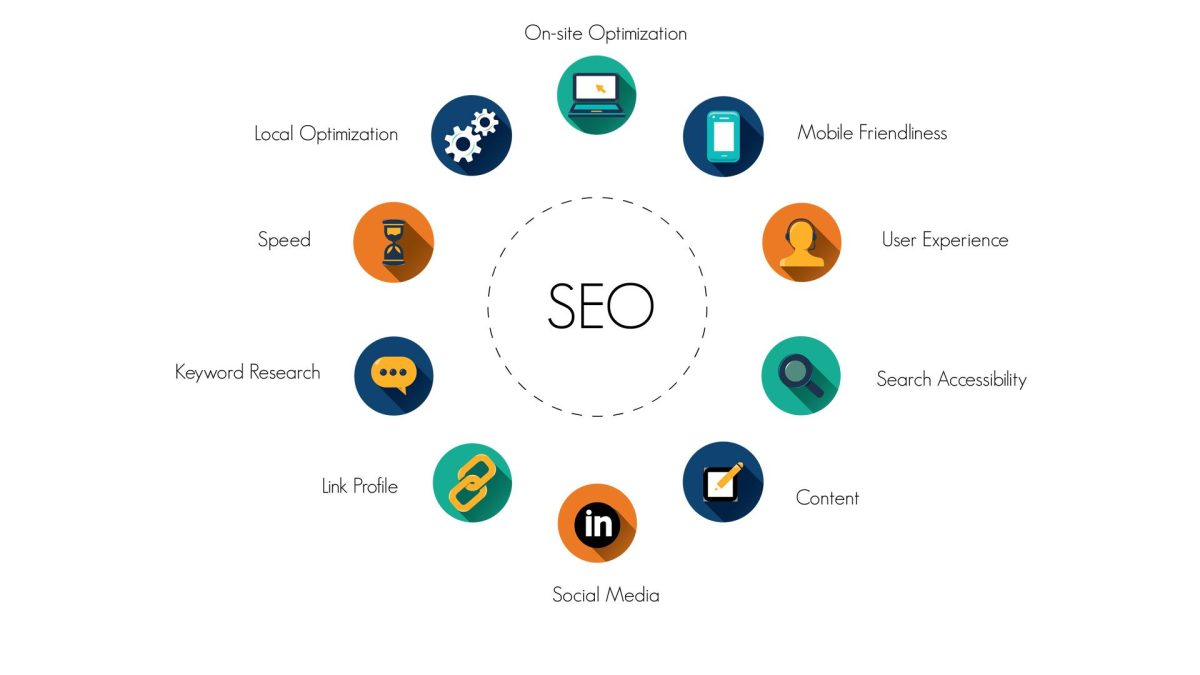Benefits of hosting graphics and PDFs on your site
Placing PDFs and images in Google search is one of the underrated trends. This is a way not only to get additional traffic from less popular parts of the search engine, but also the ability to perform additional positioning actions, for example, in a highly competitive environment with competing websites. How do I post photos and PDFs to Google and why should I do it?
Placing images on Google means fine-tuning the images to the Google search engine. This will result in the display of images in Google Image, that is, most often on the second tab of the search engine (graphics) – next to "All" or "Maps".
The first way to position graphics to differentiate image optimization is to give it an appropriate title and alt text. It is after these elements that Google recognizes what the image is about. Adding a few lines of text related to the photo where the keyword can be placed is important. The title should be related to the content. It's worth separating words with a hyphen, because Google can't handle interpreting the underscore separator.
The next step in posting photos is placing them on the site, surrounded by thematic text. These images should be placed between the subject text, as Google compares both elements and suggests them to each other. When posting images to Google, don't forget about internal and external image anchoring. The more links on and off the website lead to the image, the higher its popularity "in the eyes" of Google.
A technical element to keep in mind is the placement of the image on the server in an appropriate structure. Such an image needs to be added to a folder containing certain keywords. Google is promoting new graphics that have not previously appeared on the web. So it's worth adding your own unique photos and replacing them regularly if possible. When adding an image to the site, it should also have the highest resolution and least weight. These are seemingly contradictory factors, but Google values the high quality of the photos and their light weight, which allows the website and image to load quickly. So how do you achieve this effect? It is worth compressing the added images using tools like Image Optimizers, which are available for free on the web.
Placing PDF files
The positioning of PDF files is their proper optimization, which ensures that the files will appear in the top positions in the Google search engine. While few people pay attention to this, PDFs between web pages also appear in the main Google search engine. This is not a coincidence. Google recognizes PDFs as well as HTML pages. Google processes their content in the same way as it does on websites. Therefore, if the PDF file itself is correctly optimized, it can find itself, for example, in the TOP-1 position in this thematic category. Google has been ranking PDF files since 2001 unless they are encrypted or password protected.
You need to start optimizing your PDF files by assigning them an appropriate title that takes into account phrases. The title should not exceed 40-50 characters and should be constructed in the same way as the title of the photo. You can use optimization programs to assign the appropriate title, alt, or keywords where, by entering them in the appropriate fields, the program will encode them in the document. The PDF file itself must be in a text format that allows you to select and copy text, and not in a graphic format. The text in the PDF file must also meet all the requirements in accordance with SEO copywriting and optimization of the text itself. The next thing to take care of is the file address. Some CMSs can generate it randomly, and this is not always a positive URL. It must meet the terms of a friendly www, just like websites. Therefore, it should be short, concise and contain keywords separated by dashes.
Positioning PDF files also means taking care of their size. Files should load quickly without blocking the site. Therefore, when compressing a file, it is worth concentrating on the optimal ratio of size to quality so that Google robots and users have an easier task with viewing PDF files. One thing that gets too little attention is internal links. Many site owners who specialize in website positioning ignore them, and when positioning PDF files, they are hardly implemented. The text of the file should include links to other components of the site and vice versa – parts of the site should cover links to the file. This will make it much easier for Google to index the file and increase the chances of it ranking high on Google. The text itself, of course, must also be unique, correct and contain markers, tables or graphics to add variety to it.
There are many benefits to hosting photos and PDFs on Google that are part of a website. The first such advantage is that competing websites often do not, and this activity can provide an edge over them, especially when the industry is competitive with many sites competing. So this is an easy way to perform additional positioning steps that are not so obvious. Another plus is the ability to get more organic traffic to your website. By hosting not only the site, but also photos or PDF files, you can get a better chance of appearing in the Google search engine for the given phrases.

